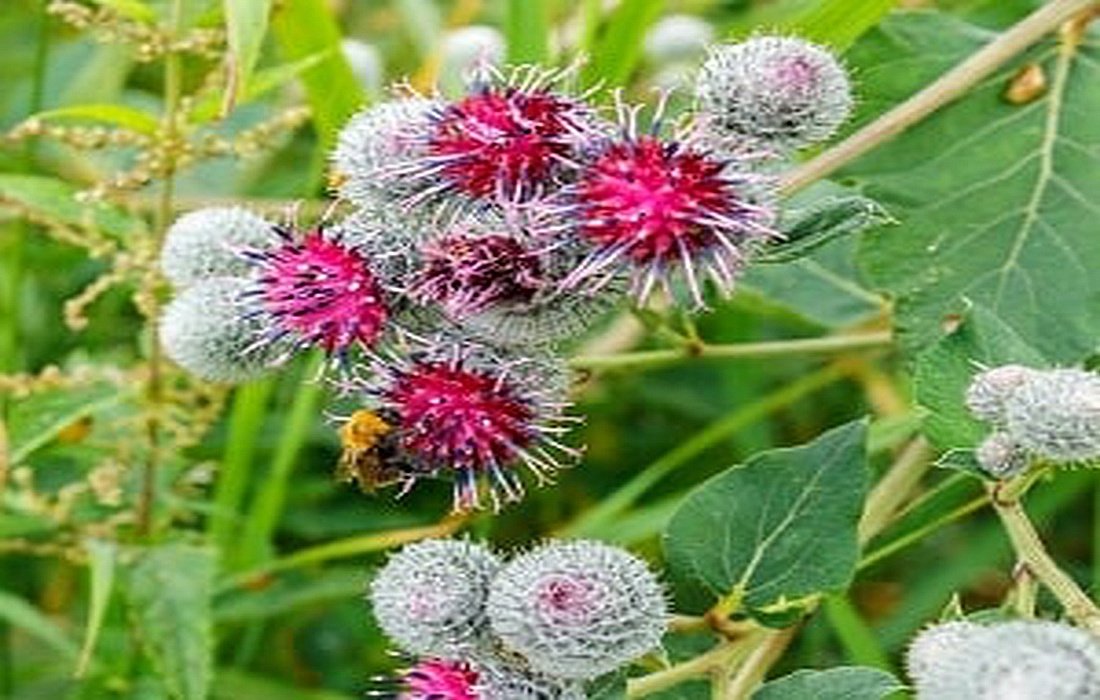Stages of planting and propagating the plantBaba Adam
Baba Adam is an ornamental plant that not only provides beauty but also has numerous uses in traditional and medicinal practices, boasting many beneficial properties. This plant features rhizomes and tubers, so it’s usually not propagated through cuttings but rather by dividing its rhizomes.
Many people who love this plant keep it at home but wish to have more. However, they avoid propagation because they believe it’s difficult, which is a misconception. You can easily propagate this plant using several methods, so in this section, we will explore…SelMagzFrom bulb to harvestWe’ll provide you with insights on planting, growing, harvesting, and the exceptional properties of the Baba Adam plant, hoping you find it enjoyable.Ways to propagate Baba Adam
Dividing rhizomes, separating offsets, and planting seeds are among the methods of propagating the Baba Adam plant, summarized below.
Propagation of Baba Adam by dividing rhizomes:
The growth of the Baba Adam plant occurs through its underground rhizomes, making the best propagation method to divide and separate these rhizomes.
In other words, this plant propagates through its roots. The best time for propagation is when the plant awakens from winter dormancy in colder seasons, with spring and summer being the most suitable.
To propagate Baba Adam using the rhizome division method, you first need to create a hole around the plant, maintaining at least a 30 cm distance to avoid damaging it.
You can use a small trowel for this, and once the hole is created, carefully lift the plant out of the soil without harming its roots. After extracting the plant from the soil, you will easily see its underground rhizomes or tubers.
To propagate the Baba Adam plant, you should separate its underground rhizomes from the root and plant them in suitable pots. The distance between rhizomes in the soil should be such that new plants have enough space to grow and emerge from the soil, so they shouldn’t be too close together.
Propagation of Baba Adam by offsets:
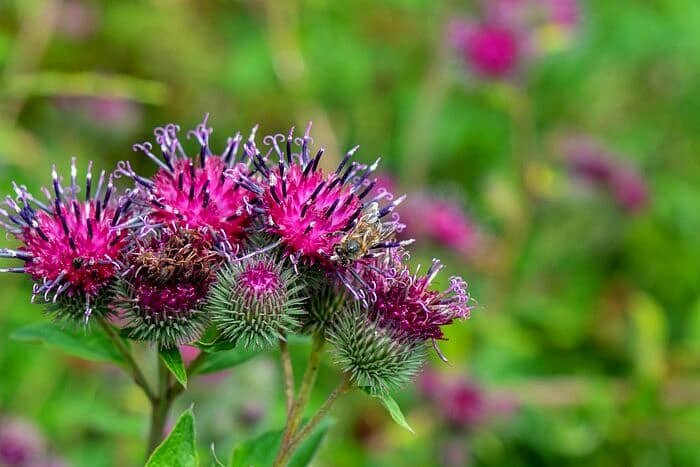
Propagating by offsets is similar to dividing rhizomes; in fact, Baba Adam grows in clusters, and if you remove the plant from the pot, you’ll see it consists of several clusters.
In each small version of the main plant, there are Baba Adam offsets, each capable of growing into a separate plant.
First, ensure that each cluster has at least several tubers before separating the offsets from the mother plant with a sharp and disinfected knife. Most offsets have roots and can be easily planted in the soil. However, if one lacks roots, you can simply place it in water to develop roots.
Propagation of Baba Adam by planting seeds:In this method, you should first choose suitable soil for planting seeds and then moisten the soil for planting. Remember to leave about 8 cm of space between the seeds.After planting the seeds, water them again. You need to regularly water the soil until the seeds take root and sprout. Overall, do not let the soil dry out, as this will prevent the seeds from germinating. However, be careful not to flood the soil, as this can be harmful to the seeds. It takes about 4 to 7 days for the seeds to germinate; once they sprout, transplant them into separate, suitable pots.
Young plants require more care and attention than mature plants, so it’s essential to provide them with adequate sunlight, water, and cereal fertilizers.
Appropriate environment for planting and propagating the Baba Adam plant
Creating the right conditions for planting, growing, and propagating the Baba Adam plant is crucial for its healthy development. In this section of SelMagz, you will find factors to consider for the suitable growth and propagation of the Baba Adam plant:
Watering:Keeping the soil consistently moist is essential for this water-loving plant. Water it two to three times a week depending on room temperature; reduce watering during the plant’s dormant phase in winter and autumn.Humidity:
If you want to propagate this plant, you need to keep it moist and mist the leaves weekly to prevent the soil from drying out, as dry soil can burn the leaves.
Light:
This plant prefers indirect light, which is sunlight coming through a window. However, its preferences may vary based on conditions.
Pruning:
If you are cultivating this plant, remove the sick and dead leaves from the lower stem to avoid damaging other parts of the plant.
Soil:
The suitable soil for this plant should have excellent drainage and be a mix of perlite and peat moss.
Temperature:
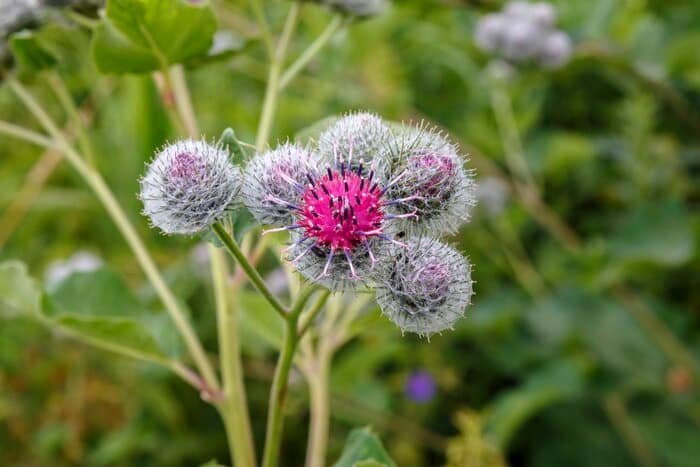
The Baba Adam plant is very sensitive to low temperatures and cold; if the temperature drops to minus 15 degrees Celsius, the plant may be harmed. For better growth, the ideal temperature range is 16 to 30 degrees Celsius.
Propagation:
The propagation method for this plant is through cuttings, and the best times for doing so are in autumn and spring.
Suitable soil for the Baba Adam plant
If the soil is appropriate, the Baba Adam plant can also be grown in residential homes and apartments. The soil should be nutrient-rich and light, containing organic matter. To achieve suitable soil, a mix of perlite and peat moss should be prepared for planting the Baba Adam plant.
It is important to note that the pot in which the Baba Adam plant is planted must have good drainage to facilitate water drainage easily; otherwise, if drainage is inadequate, the plant’s roots will rot and die.
Pests and diseases of the Baba Adam plant
This plant is highly sensitive to spider mites, and if the soil is heavy and retains moisture, or if it’s overwatered, the roots will rot and perish.
How to harvest the Baba Adam plant
If the plant is 18 months old, you can remove its roots from the soil in spring. If enough time passes, the roots will become tough and strong.
To remove the roots, you can use metal forks that can penetrate the ground. After digging them up, it’s best to leave them aside for a while so the flowers sticking to the roots dry out and fall away.
Once the flowers have been removed, cut the above-ground part of the plant and wash the roots, cutting them into smaller pieces to dry using a dehydrator or sunlight.
If you want to use the leaves of the plant, you should trim them while lifting the roots from the ground.
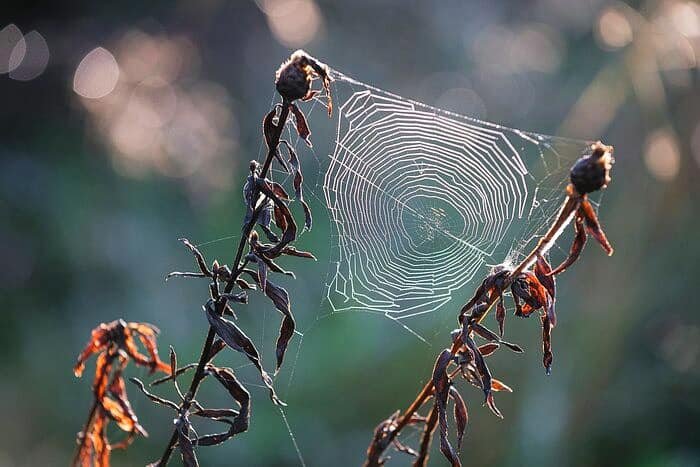
Therapeutic properties of the Baba Adam plant
Most plants have high medicinal properties, and the Baba Adam plant is no exception. Join us to see a selection of this plant’s remarkable benefits.
Beneficial effects of Baba Adam on skin
Interestingly, this plant can be used to treat acne. Additionally, it applies to skin conditions like eczema, abscesses, hives, baldness, psoriasis, carbuncles, boils, styes, wounds, and other skin injuries.
Chemical compounds in the plant, such as polyacetylenes, have antibacterial and antifungal properties. This plant accelerates the shedding of skin cells, removing toxins on the epidermis, eliminating bacteria, essentially performing a natural moisturizing and exfoliation task, giving the skin a healthy glow.
Blood purification with the Baba Adam plant
The roots of this plant purify blood and lymph through two mechanisms:
They relieve blockages in the respiratory system and help remove carbon dioxide. They assist in urination blockages, which can also be considered a remedy…
for kidney stones.They aid the liver in expelling waste products from the blood through the kidneys.Anti-gout properties of Baba AdamThe Baba Adam plant helps eliminate uric acid from the body and is very effective for treating gout.Combat diabetes with the Baba Adam plant
The Baba Adam plant possesses anti-diabetic properties and lowers blood sugar levels (by consuming 3 cups of boiled leaf infusion daily, blood sugar levels can be reduced).
People with a sweet tooth may find their craving for sweets decreases when consuming this plant on an empty stomach.The Baba Adam plant is also beneficial for the digestive system, aiding in disinfecting the digestive tract, speeding up food digestion, and resolving constipation.
Relieving anemia with the Baba Adam plant
- The Baba Adam plant is effective in treating anemia and pallor due to its high iron content.Boosting the immune system with the Baba Adam plantThis plant also enhances the immune system and improves diseases like HIV/AIDS. It is used for treating rheumatism, measles, back pain, infections, fever, cold, and pneumonia.
- The extract of the Baba Adam plant is the best anti-inflammatory medicine available.
The ointment made from Baba Adam is highly effective for quick healing and recovery.In modern medicine, the Baba Adam plant has earned a special place for treating blood sugar, cancer, rheumatism, infections, lowering cholesterol and fats, and reducing fever.How to prepare
Baba Adam tea
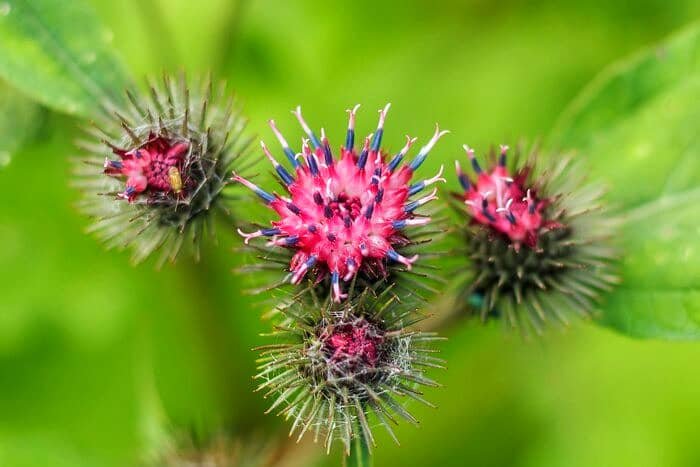
By using Baba Adam tea, you can benefit from the properties of this plant. Next, we will explain how to prepare this tea.Infusing Baba Adam rootsTake 50 grams of Baba Adam roots and pour it into one liter of boiling water. Let it steep for 20 minutes, then enjoy.
Tincture of Baba AdamThis tincture can be purchased from pharmacies or herbal medicine stores.Infusing Baba Adam roots and licorice
Mix 30 grams of licorice with 30 grams of Baba Adam roots in one liter of boiling water and let it steep for half an hour. Then drink three cups of this infusion daily. This infusion acts as a blood cleanser.Side effects of the Baba Adam plantHowever, the consumption of Baba Adam has some adverse effects, which we will explore here.
This plant may cause symptoms like diarrhea and nausea, and high doses can lead to a reduction in potassium levels in the body. Since it is a diuretic, it can cause the body to lose significant amounts of water.Pregnant and breastfeeding women, diabetic patients, and those undergoing chemotherapy should avoid using the Baba Adam plant.Caring for Baba Adam
It should be kept in a semi-lit area with high temperatures indoors.
It requires moderate watering.
The soil should be rich in nutrients and a mixture of higher percentages of organic plant and animal materials.Humidity in the environment and misting the leaves is also crucial, as moisture promotes growth and enlarges the plant’s leaves.The Baba Adam plant is ideal for warm and humid greenhouses.In winter, the leaves fall, and new growth occurs in spring.Various yellow spots may appear on the plant’s leaves due to different factors. Even the cold water dripping from the greenhouse roof can cause these spots. This means both chemical and physical factors can contribute to their development. The location of the spots matters, as they may appear on either young or old leaves. Nutritional deficiencies may also play a role in the formation of these spots.Baba Adam plantMethods of propagating the Baba Adam plantSuitable environment for Baba AdamLight and suitable environment for the Baba Adam plantPests of Baba AdamSensitivity of Baba Adam to spider mites
Properties of Baba Adam
Anti-gout properties of Baba AdamBaba Adam teaHow to make Baba Adam tea
Baba AdamProperties of onionsBaba Adam
Properties of applesBenefits of sunlightBaba Adam plant
How to plant Baba Adam
Treatment for hives
Treatment for styes in the eye
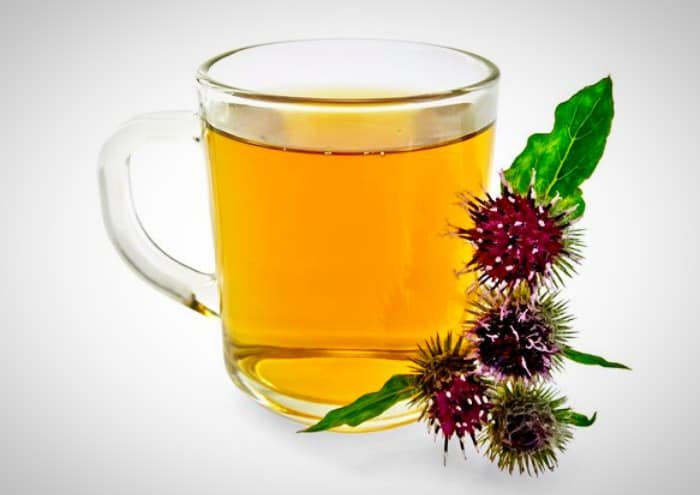
Blood purification methods
Treatment for kidney stonesTreatment for goutHow to plant Baba Adam
Treatment for diabetes
Normal blood sugar levelsTreatment for constipationTreatment for anemia
Symptoms of AIDS
Symptoms of rheumatism
Symptoms of measlesTreatment for coldsTreatment for pneumoniaSide effects of hydrocortisoneMethods for lowering fever
Herbal tea
Propagation of Baba Adam
- Properties of medicinal plants
- Properties of licorice
- Treatment for diarrhea
- Sources of potassium



